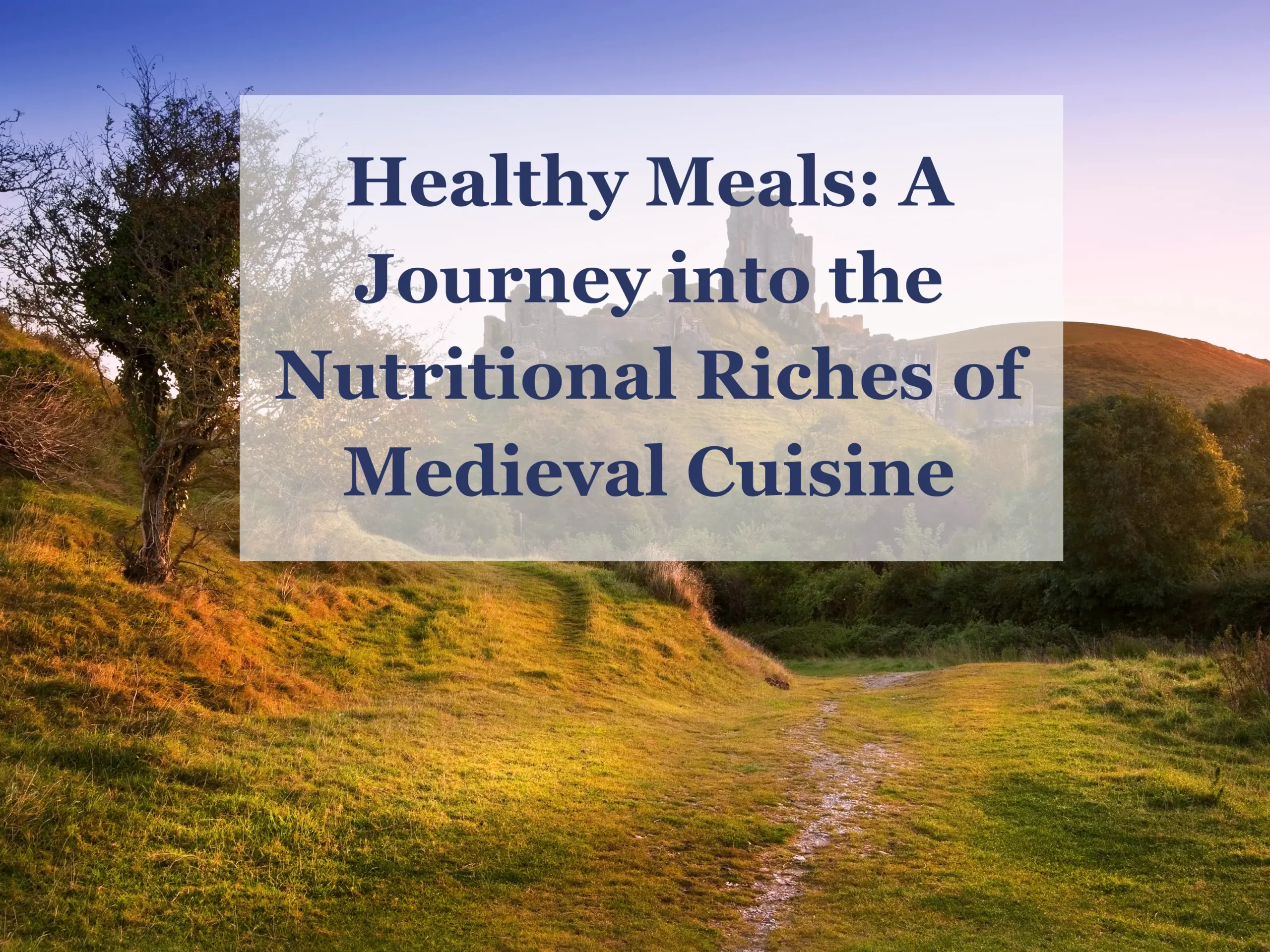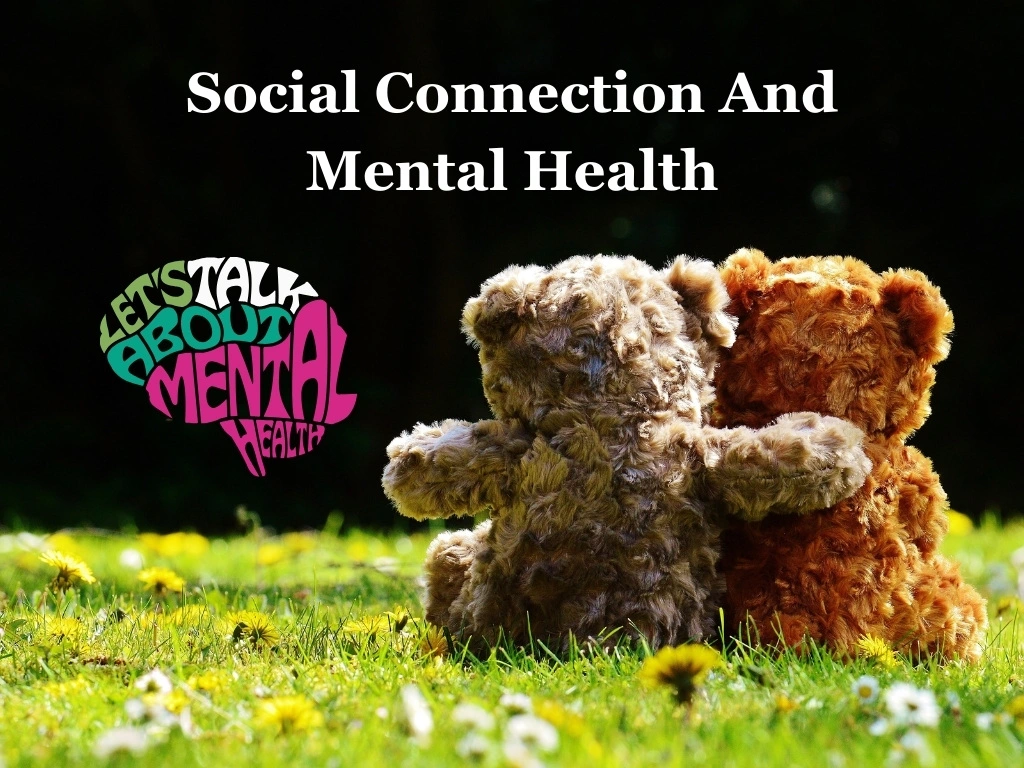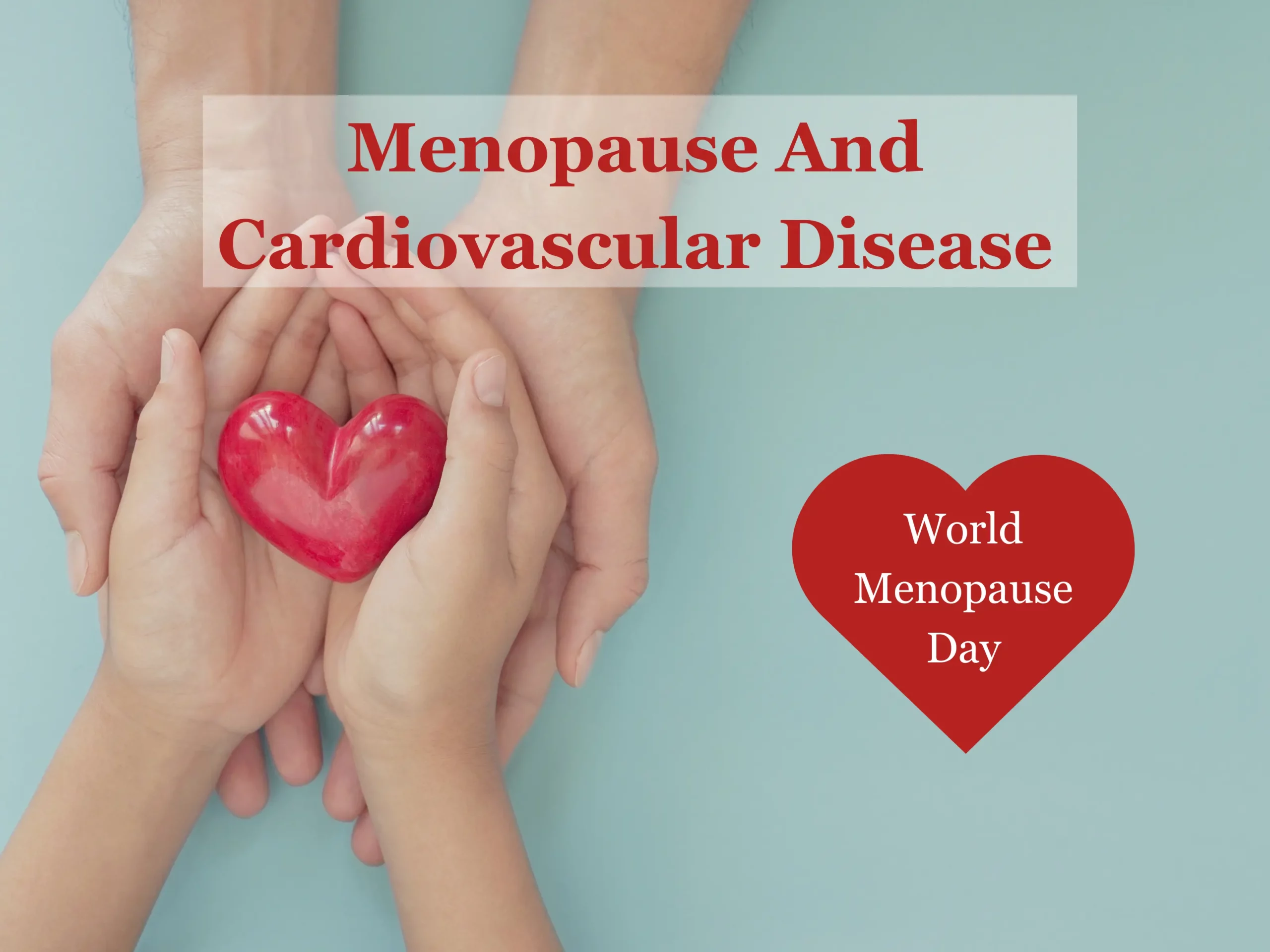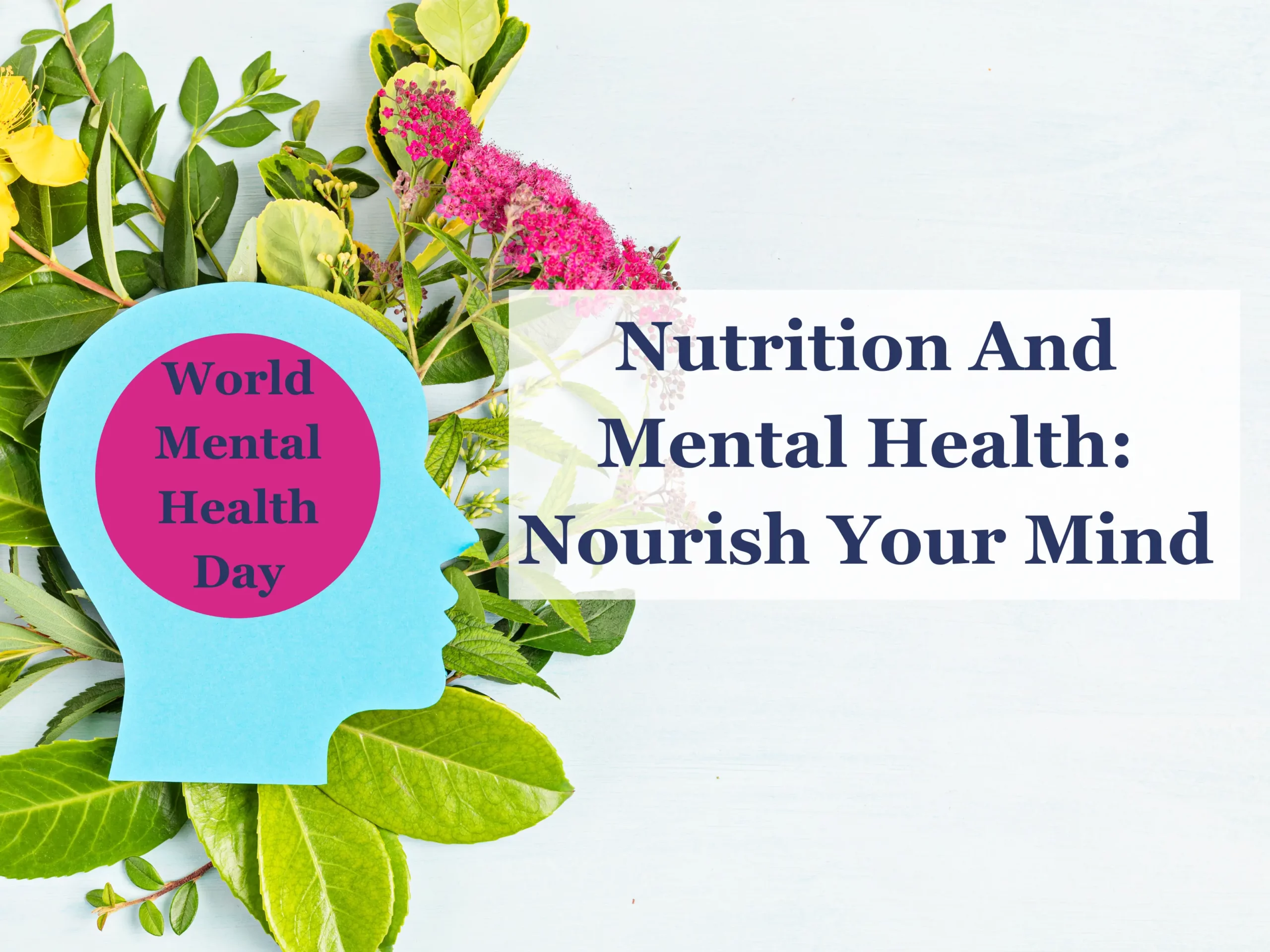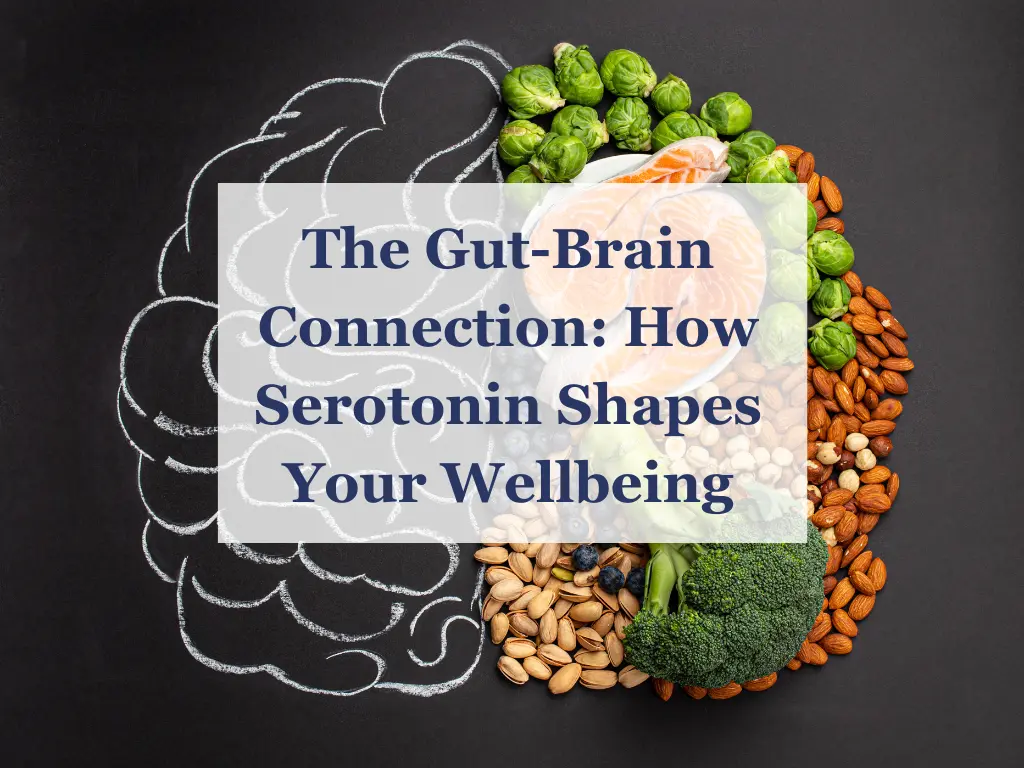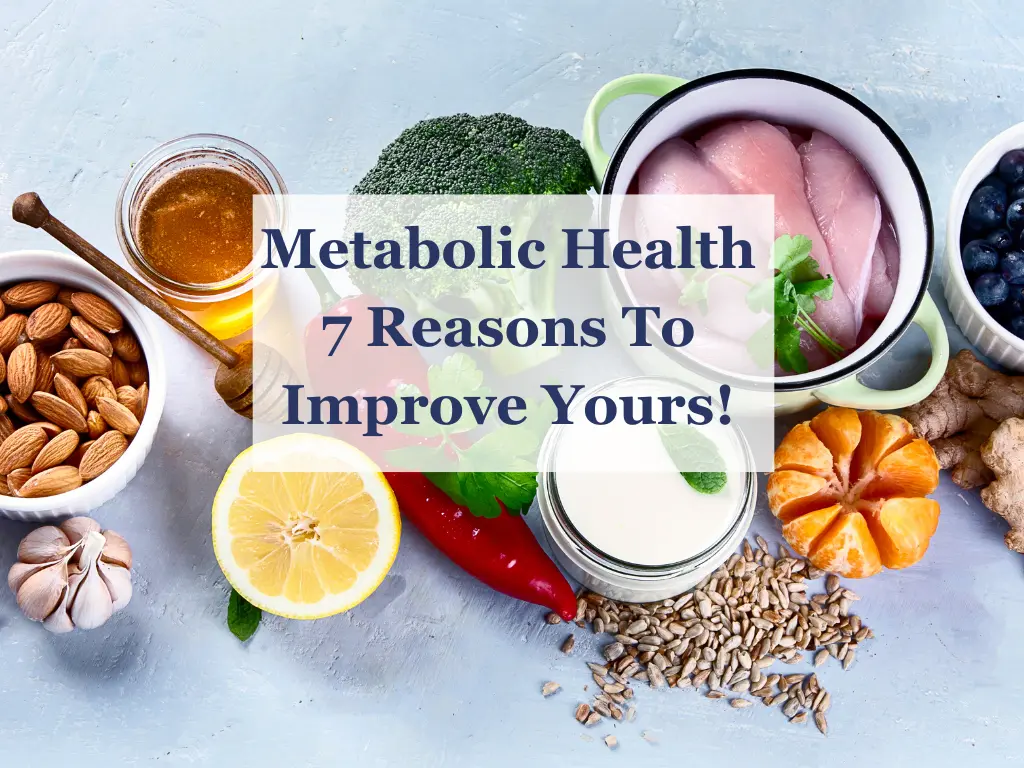Rediscovering Healthy Meals in Medieval Cuisine
In today’s fast-paced world, we often find ourselves yearning for simpler times when life was less complicated. But what if I told you that those “simpler times” also meant healthier and more nutritious meals?
Surprisingly, the peasants of medieval times enjoyed a diet that was not only hearty but also packed with essential nutrients, offering a glimpse into the world of healthy meals that we can learn from and appreciate today.
The Medieval Peasant’s Plate: Simplicity and Nutrition
In medieval times, your social status could be discerned by the bread you ate. While today, we often opt for the more processed white bread, in the Middle Ages, brown bread made from barley and rye was considered the choice of peasants. This may seem contrary to our contemporary views, but the truth is that unprocessed wholemeal bread retains vital fibre, vitamins, and minerals, providing significant health benefits.
Interestingly, it was the wealthier medieval individuals who enjoyed the privilege of white bread. White bread, often considered superior due to its refined appearance, required more effort in processing and preparation.
The labour-intensive process involved removing the bran and germ, leaving behind the soft, white endosperm. This extra effort was a status symbol, with the white bread signifying one’s higher social standing. Meanwhile, brown bread, with its higher fibre content and nutrient-rich composition, was the healthy choice of the masses!

Salmon: The Unexpected Peasant’s Delight
In today’s world, salmon is often associated with upscale dining due to its cost. However, in medieval times, salmon was a peasant’s food. It was freely available in rivers, making it an abundant and nutritious source of protein and omega-3 fatty acids. Omega-3 found in oily fish such as salmon, offers anti-inflammatory properties and is essential for maintaining overall health.
Omega-3 fatty acids are a crucial part of our diet, and they play a pivotal role in maintaining good health. EPA (eicosapentaenoic acid) and DHA (docosahexaenoic acid) are two key components of omega-3 fatty acids, and they are vital for various bodily functions.
They are known to have powerful anti-inflammatory properties, which can help reduce the risk of chronic diseases, including heart disease, arthritis, and certain neurological conditions.
It’s important to note that omega-3 fatty acids are essential, our bodies can’t metabolise them and they need to be obtained from the diet. While there are plant sources of omega-3, such as flaxseeds and walnuts, these provide a type of omega-3 called ALA (alpha-linolenic acid).
Unfortunately, humans are not efficient converters of ALA into EPA and DHA, which are forms of omega-3 that can be readily metabolised into anti-inflammatory compounds. Therefore, relying solely on plant-based sources of omega-3 may not provide the same benefits as consuming fatty fish like salmon.

Getting Back in the Kitchen: The Importance of Home Cooking
One thing that becomes clear when exploring the food of medieval peasants is that they were intimately involved in the preparation of their meals. There were no supermarkets filled with ready-made, processed foods, and no microwaves for instant gratification.
It was a world of basic ingredients, with an emphasis on homegrown produce. If you wanted sorrel sauce, you had to grind it yourself, straining it through a piece of linen cloth. The “sorrel sauce” was a genuine medieval recipe, requiring care in preparation.
In today’s world, we’ve become increasingly reliant on pre-packaged meals and processed foods, many of which are loaded with unhealthy ingredients that contribute to the rise of chronic diseases.
Statistics paint a sobering picture. According to the World Health Organization, non-communicable diseases (NCDs) like heart disease, diabetes, and obesity are responsible for nearly 70% of global deaths. In a time when we have unprecedented access to information about nutrition and health, these statistics are alarming.
One of the keys to combating this epidemic of lifestyle disease is returning to the kitchen and taking control of what we eat. Simplicity is key, and it can taste delicious. By cooking from real, whole foods, we can better manage our nutritional intake, avoid harmful additives, and make informed choices about what goes into our bodies.
Heather Richards.
Teaching the Next Generation: A Vital Responsibility
With today’s youth facing an increasing burden of chronic diseases from an early age, the need for change is urgent. We must set an example by preparing nutritious meals and teaching the next generation the value of cooking from scratch.
The skills of meal preparation, once passed down through generations, are essential for promoting good health and well-being. It’s our responsibility to ensure that our children have the knowledge and tools to make informed dietary choices that will benefit them throughout their lives.
Eating Like a Peasant for a Healthier You
The stereotype of peasants eating dull, unappetising food is far from the truth. In reality, their diet was both delicious and filling. Bread, bacon and pottage made up the staples of a peasant’s diet.
While they might not have had extravagant feasts, their meals were hearty and nutritious, providing them with the energy needed for their labour-intensive lifestyles.
As we look back at the medieval peasant’s diet, it’s evident that their simple, unprocessed, and locally sourced meals held numerous health benefits, underscoring the significance of healthy meals.
From the wholemeal bread that retained essential nutrients to the omega-3-rich salmon and the sustainable approach to cooking, there’s much we can learn from our ancestors about creating healthy meals.
So, the next time you reach for that processed white bread or overlook an oily fish like salmon, remember the wisdom of the medieval peasants and their understanding of healthy meals. Their approach to nutrition not only sustained them but also provided a healthy and balanced diet.
Perhaps it’s time we take a step back and embrace the simple, wholesome, and nutritious foods that were enjoyed by those who, surprisingly, had a healthier diet than the rich!
WATCH THE FASCIATING VIDEO THAT INSPIRED THIS BLOG.
Bon appétit, and here’s to rediscovering the treasures of medieval cuisine for a healthier and more sustainable future. Don’t forget to give salmon its well-deserved place in your diet for a dose of essential omega-3 fatty acids.
Let’s get back into the kitchen and make a positive change for our health and the generations to come with a focus on healthy meals.
Listen to information like this on our podcast here or on Spotify, Apple Podcasts, or Google Podcasts! Don’t forget to hit the subscribe button and share it with your friends and loved ones. Spread the knowledge and empower yourself to live a healthier life! ????????


